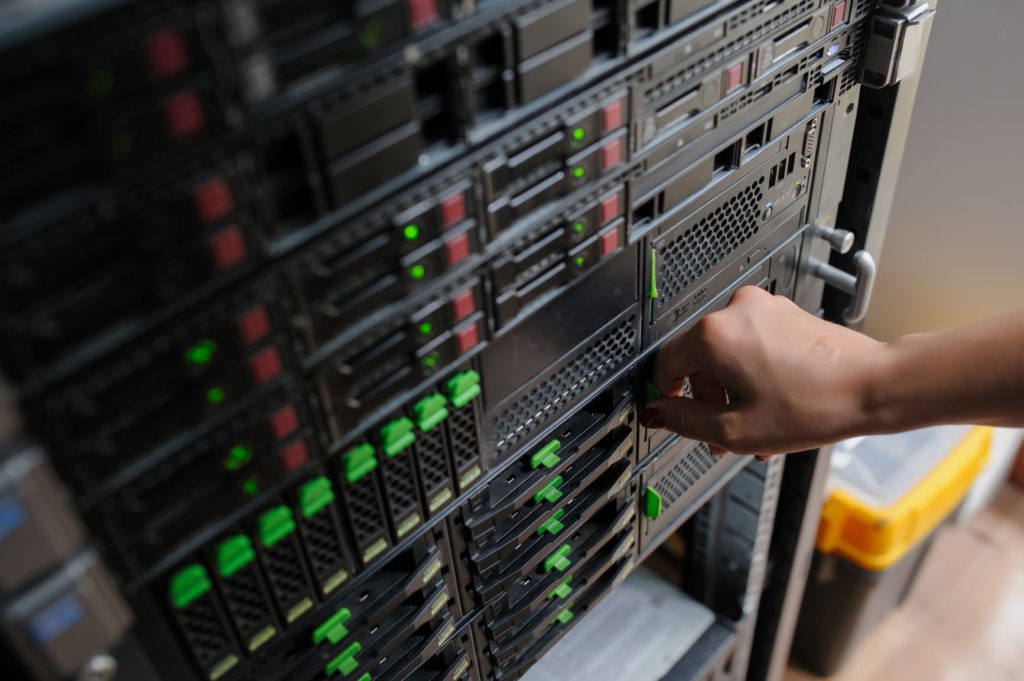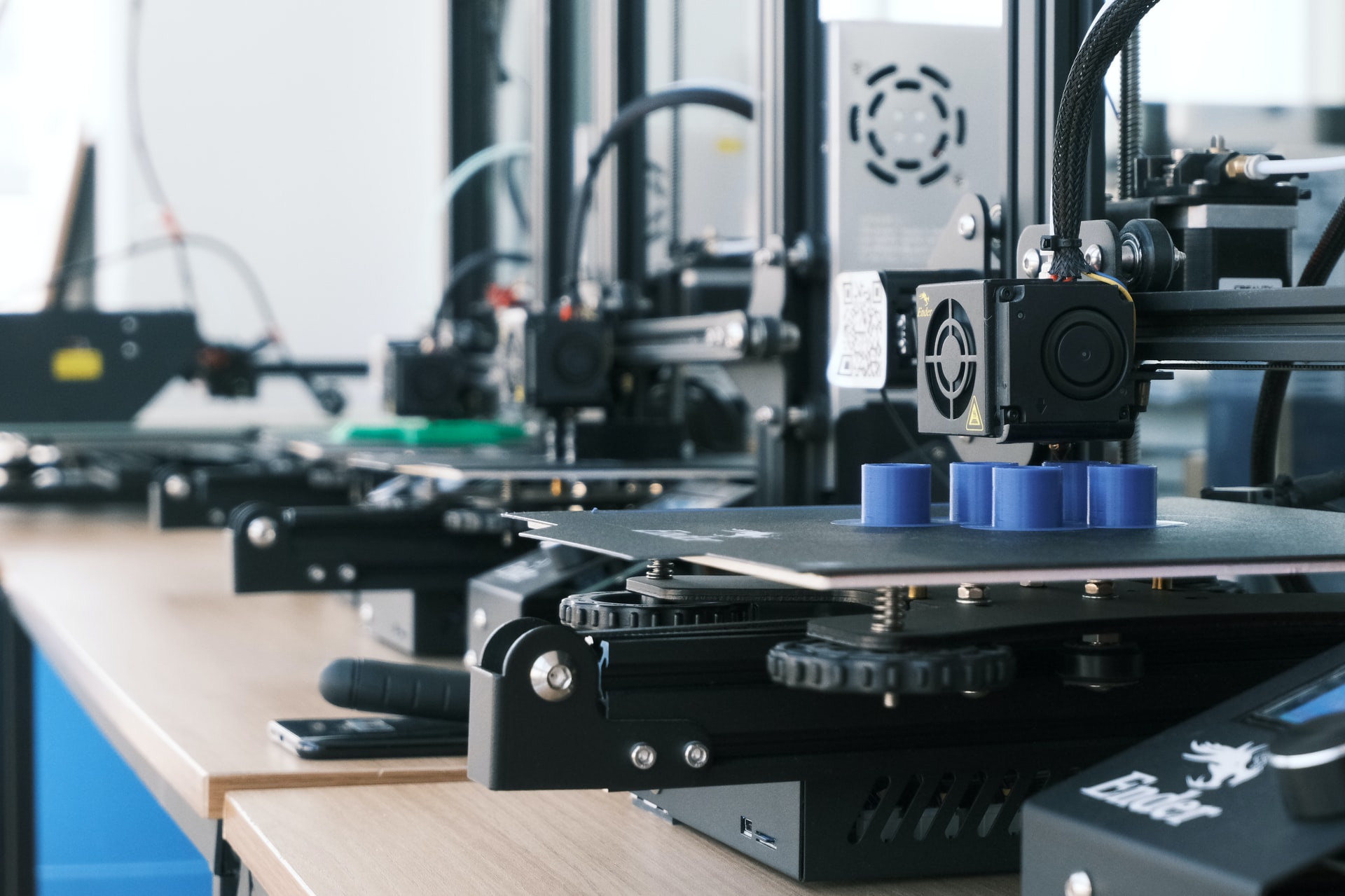Building resilient IT infrastructure takes a lot of planning and foresight. So, before you get to building one, it’s important for you to have a basic understanding of what makes up IT infrastructures.
IT infrastructures are often built with four main building blocks:
- Physical hardware (servers, switches, etc.)
- Software (operating systems and applications)
- Network (both physical and virtual)
- People (IT staff members who keep it all running optimally)
Each of these is an important part of a complete IT infrastructure. However, without at least one additional ingredient, they’re not sufficient to create a resilient IT infrastructure. For instance, many IT infrastructures are severely affected by interruptions caused by power supply issues due to insufficient battery backup on UPS units. In addition to blackouts, other common problems include printer jams, disk failures, or viruses that bring down critical services. The list of things that can go wrong with your IT infrastructure can get quite long. So, if you want to avoid all these potential mishaps and ensure you have a safety net in place, you should look into expert managed IT services Brisbane.
Of course, you should take the time to know more about what you should expect your IT consultant to bring to the table. Ask yourself, what do you need to ensure your IT infrastructure will keep chugging along even if one of these key building blocks fails?

1. Have At Least One Additional Power Source (Battery Backup)
Servers and switches in your data center should have a battery backup to allow them to power down properly in the event of a blackout. Even if your uninterruptible power supply (UPS) is usually sufficient, make sure it can provide a clean shutdown when there is a power outage. This way, you can prevent significant damage to your file systems when servers are abruptly powered off.
2. Monitor Power Supply Status In Your Data Center
If you have multiple sources of power, it’s important to monitor them to ensure they’re healthy throughout the entire life cycle. By carefully monitoring your equipment, you’ll know whether or not each unit’s health is good enough when you need it most (i.e., when the power goes out).
3. Clean Out The Clutter
Physical clutter contributes to significant energy loss every year due to inefficiencies caused by unused cables and cords plugged into sockets throughout data centers. By minimizing this clutter, you can save significantly on your electrical bill while reducing the risk of equipment damage due to overheating or accidental disconnection.
4. Prevent Extended Network Outages
A resilient IT infrastructure must be designed to maintain the high availability of critical services, even when faced with difficult situations such as extended network outages. Manage your devices in such a way that they’re capable of self-healing This will allow you to prevent or minimize downtime when incidents occur, increasing the availability of critical services.
5. Use Redundant Hardware
Even if each individual component isn’t 100% reliable, it’s unlikely all of them will fail at the same time. However, if they do, you’ll be glad you’ve protected your business by investing in redundancy.
6. Test Your Backup And Restoration Setup Often
Your backups need to be automated so that they run regularly. If possible, set them up in a way that their operation becomes a one-click job with little or no manual intervention required. However, make sure you don’t forget about them just because they require little attention. If you don’t test them often, there’s a chance they won’t work when you finally need them.
7. Make Sure You Have Tape-ups Too
Even if your backups are running, you’ll be sorry if the system that stores them fails or is damaged. Fortunately, tape backup systems can keep your data safe and secure for decades to come.
8. Virtualization To Improve IT Workflow Processes
When your infrastructure is built on an extensive virtualization base, it’ll be easier to recover from hardware failures or build new configurations in case of excessive resource utilization. For instance, the vSphere platform allows for easy cloning and migration of virtual machines that allow you to keep your infrastructure up and running.
9. Use Multi-vendor Networking Solutions
If you use a multi-vendor networking solution, you’re more likely to encounter network outages only when the outage affects your entire vendor’s product line. Without the threat of these interruptions, you’re much more likely to be able to keep your IT services up and running when faced with physical network outages.
10. Ensure That You’re Prepared For The Worst-Case Scenario
The best way to be prepared is to have a business continuity plan in place that will act as your ‘playbook’ for handling unplanned events. This plan should include detailed procedures on what to do in the event of various incidents, as well as a detailed report on how to revert any changes made to the infrastructure.
When you plan for the worst-case scenario, addressing in detail each possible risk, it’ll be easier for your organization to respond quickly and take action in the event of an unexpected incident.
Conclusion
To create a resilient IT infrastructure, you should have at least one additional power source, monitor power supply status in your data center, clean out the clutter, and prevent extended network outages. You can also consider emerging solutions that will help you ensure the resilience of your IT infrastructure. These tools include virtualization and multi-vendor networking solutions.
















